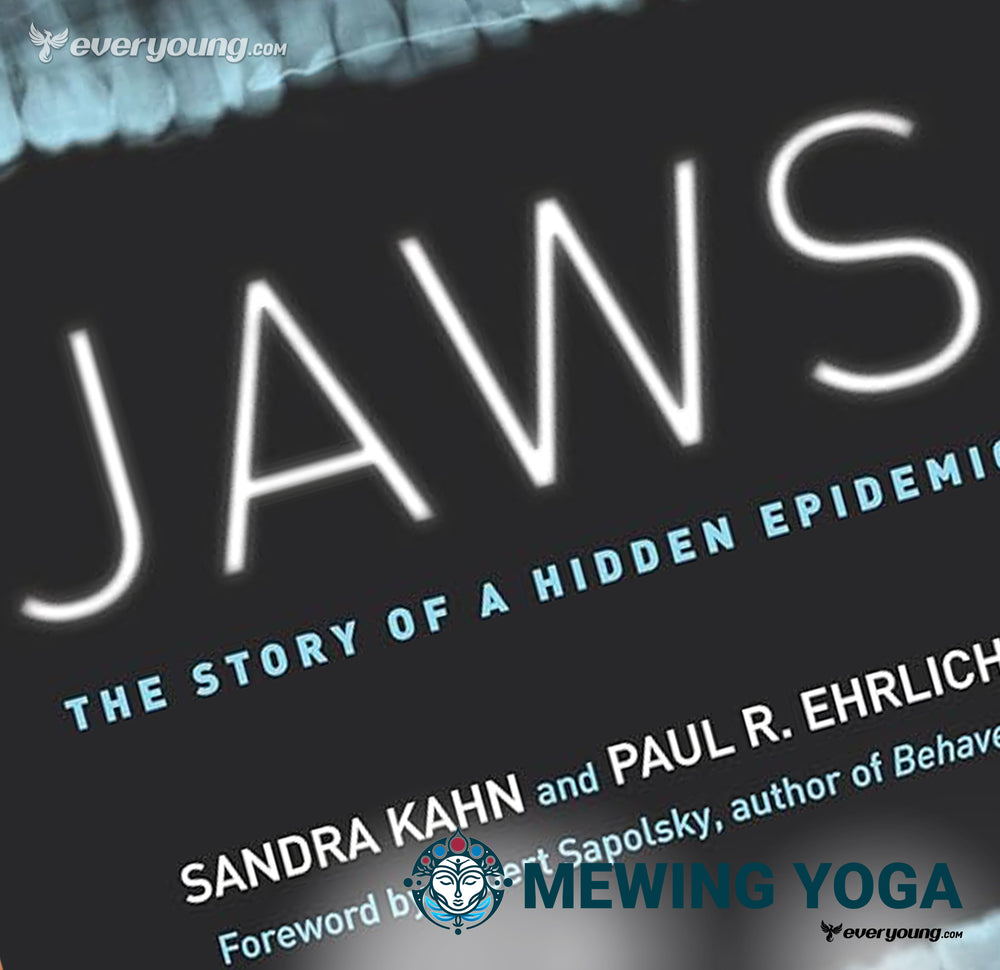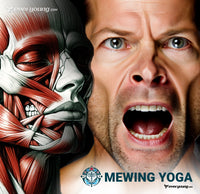1. Diet and Jaw Development
Kahn and Ehrlich point out how softer, processed foods have led to underdeveloped jaws and teeth misalignment. Mewing can indirectly support jaw development by encouraging the natural expansion of the palate and mandible. This complements the jaw's growth, potentially reducing the need for orthodontic interventions later in life.
The modern diet, characterized by its soft, processed foods, has had a profound impact on jaw development, leading to widespread cases of underdeveloped jaws and teeth misalignment. This shift away from the tougher, more fibrous foods of our ancestors has resulted in a lack of necessary stimulation for proper jaw growth, affecting not only the alignment of teeth but also the overall facial structure and airway development.
Mewing can help
Mewing, a technique that emphasizes the importance of proper tongue posture- resting the entire tongue against the roof of the mouth - works on the premise of applying gentle, consistent pressure on the maxilla (the upper jaw). This not only aids in potentially expanding the palate but also in promoting the forward growth of the jaw. Such changes can lead to improved alignment of teeth and may enhance facial aesthetics by defining the jawline and improving profile appearance.
Breathing and Health Complications
The book discusses the connection between jaw development and breathing issues, such as sleep apnea. Proper oral posture, which includes mewing, can improve airway patency by positioning the tongue away from the airway, potentially alleviating mild forms of obstructive sleep apnea and improving overall breathing efficiency.
Understanding the Issue
Kahn and Ehrlich's work illuminates the critical link between underdeveloped jaws and various breathing complications, including obstructive sleep apnea (OSA). This condition, characterized by repeated episodes of partial or complete upper airway obstruction during sleep, leads to reduced sleep quality and can have serious long-term health implications, including cardiovascular disease, metabolic syndrome, and decreased quality of life. The connection between jaw development and OSA underscores the importance of addressing oral posture early on, with techniques such as mewing playing a pivotal role in mitigating these risks.
Mewing encourages the natural growth and forward development of the jaw. This can lead to the expansion of the airway, making it less likely to collapse during sleep, which is a primary cause of OSA. Furthermore, by potentially alleviating mild forms of OSA and improving breathing efficiency, mewing can play a significant role in enhancing overall health and well-being.






